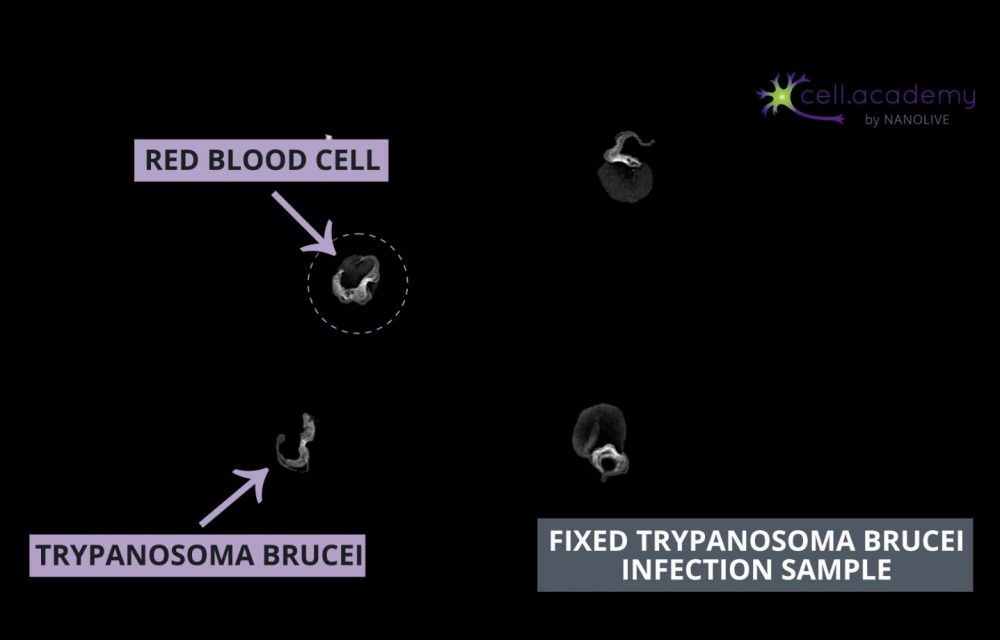Did you know that around 7% of your body mass is blood? Blood plays a role in a wide variety of metabolic, homeostatic and immune processes. In fact, it is through blood that nutrients, hormones and waste are transported. In today’s video we will be talking about blood and its diseases, and we will illustrate our explanations with videos of living cells… because live cells are amazing!
The cellular components of blood are red blood cells, white blood cells and platelets. Platelets respond to blood vessel injury and help stop bleeding by creating a platelet plug. White blood cells, like the macrophages we showed in our previous video on the immune system (https://youtu.be/qmedkNV4NVY), are mainly involved in immune responses. And, finally, red blood cells help in distributing oxygen to the body tissues.
Anemia
Blood-related diseases are often due to small defects in these cells. If I asked you to list some common blood-related diseases, I am pretty sure that anemia would be one of the first to come up! Indeed, anemia is a common condition where problems in oxygen absorption result in fatigue and general weakness. Supplementing your diet with iron is generally enough to cure it, since iron plays a vital role in oxygen absorption. Seems easy, right? Well, there are some more complex types of anemia, like sickle cell anemia which is hereditary and harder to treat. Healthy red blood cells are round and flexible, making them perfect for oxygen transport. But, if you suffer from sickle cell anemia, your red blood cells acquire a sickle or crescent shape and become rigid. This shape is not ideal for oxygen absorption and, since this shape makes them less flexible, they may get stuck in small blood vessels and cause a clot. Besides, as it is an inherited condition, treatment must be followed for a lifetime.

Trypanosomiasis – the sleeping sickness
Anemia makes you feel tired, but this should not be confused with sleeping sickness, also known as trypanosomiasis, which is endemic in sub-Saharan Africa. Trypanosoma is a parasite which uses tsetse flies as a vector and is transmitted to humans through the bite of infected flies. When in the human bloodstream, trypanosoma replicates and targets red blood cells with the goal to manipulate and evade the immune system to allow survival and transmission. In this process, the parasite produces vesicles containing virulence factors that fuse with human red blood cells, causing membrane alterations, leading to anemia-like symptoms. In advanced stages, the disease attacks the central nervous system and, if not treated, can be fatal.

Malaria
If you follow our channel regularly, this may sound familiar to you. In our Malaria Day video (https://youtu.be/bNE4qupNiq4), we explained that Malaria is caused by Plasmodium parasites that are transmitted to humans through the bite of infected female anopheles mosquitoes. Once in the bloodstream, Plasmodium also targets red blood cells, but with a different purpose than trypanosoma. Plasmodium evades the immune system by hiding within the red blood cells where they can proliferate undisturbed. Plasmodium feeds itself with the hemoglobin in host red blood cells, which eventually die. As you have probably understood by now, the loss of red blood cells leads to… extreme fatigue!

So, as we have seen today, fatigue can be explained by many factors, but it usually comes down to alterations in red blood cells. Do you know of any other blood-related diseases?
